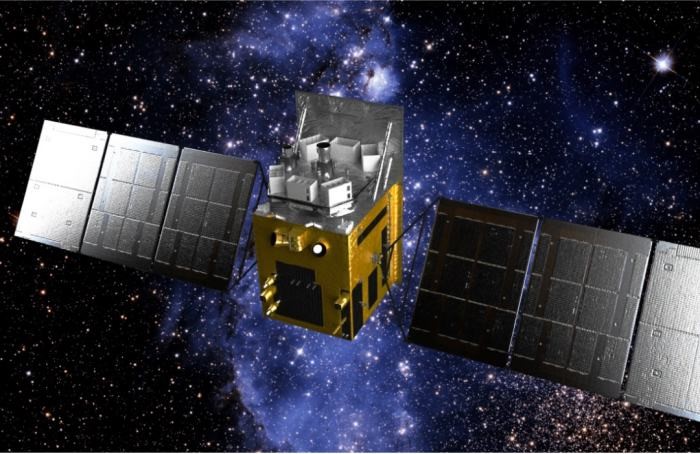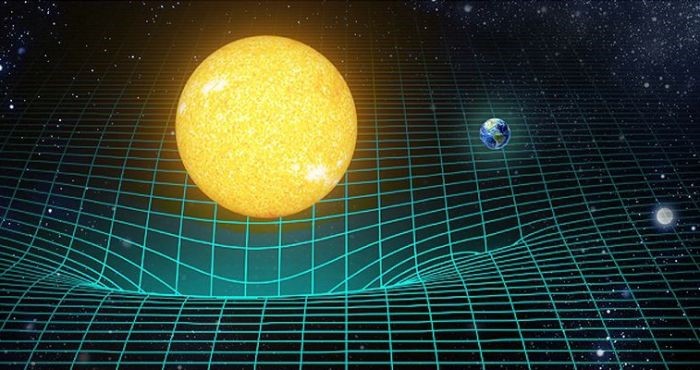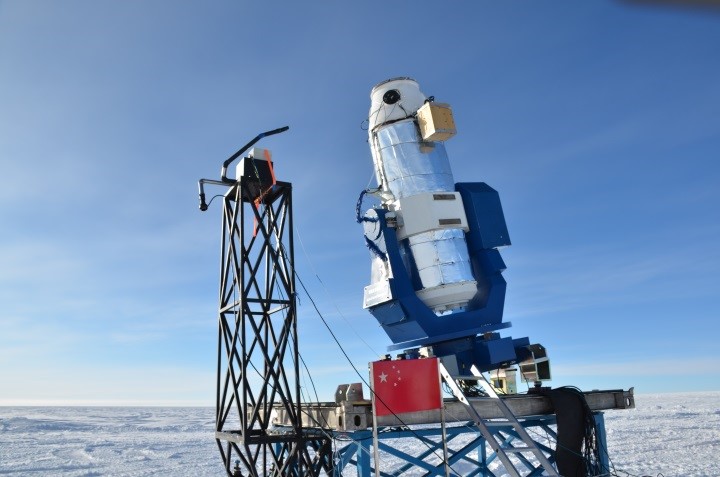


China's first X-ray astronomical satellite named Insight, a Hard X-ray Modulation Telescope (HXMT)
China's first X-ray astronomical satellite, a Hard X-ray Modulation Telescope (HXMT) named Insight, has contributed to the world-first detection of gravitational waves coming from the merger of two binary neutron stars.
US National Science Foundation announced on Monday that the discovery was made using the US-based Laser Interferometer Gravitational-Wave Observatory (LIGO), the Europe-based Virgo detector, and some 70 ground- and space-based observatories.
Among the 70 detectors, Chinese telescope independently observed optical signals resulting from the merger, according to the Chinese Center for Antarctic Astronomy.
The latest discovery marks the first time that a cosmic event has been observed in both gravitational waves and light.
The observation results collected from the telescope will contribute a lot to thorough studies on the gravitational waves and how it happened after they were included in the thesis on this historical discovery, said the Institute of High Energy Physics (IHEP) , Chinese Academy of Sciences.

Gravitational wave diagram
Gravitational waves were predicted by Albert Einstein in 1916, as part of his theory of general relativity. According to him, the merging of two compact stars is able to create ripples in space-time known as gravitational waves.
Different from the previously observed merging binary black holes, the new gravitational wave was created by the collision of two neutron stars, noted Xiong Shaolin, associate researcher with IHEP.
The researcher further explained that according to the theory, the collision of two neutron stars generated not only gravitational wave, but also corresponding electromagnetic phenomena resulting from the merger.
The detection of the gravitational wave and its electromagnetic counterpart, which is of epoch-making significance for the development of astronomy and physics, is a long-expected event for astronomers, Xiong said, adding that the satellite has made vital contribution to the observation of the electromagnetic counterpart.

Chinese Antarctic telescope AST3-2
China’s AST3-2 telescope at Kunlun station in Antarctica also captured the gravitational wave signal called GW170817 this August, said Purple Mountain Observatory, Chinese Academy of Sciences.
GW170817 was the first observed gravitational wave created by two neutron stars. The discovery of the gravitational wave optical counterpart confirmed that the double neutron star coincidence event is the origin of most heavy elements such as gold and silver in the universe.

 Award-winning photos show poverty reduction achievements in NE China's Jilin province
Award-winning photos show poverty reduction achievements in NE China's Jilin province People dance to greet advent of New Year in Ameiqituo Town, Guizhou
People dance to greet advent of New Year in Ameiqituo Town, Guizhou Fire brigade in Shanghai holds group wedding
Fire brigade in Shanghai holds group wedding Tourists enjoy ice sculptures in Datan Town, north China
Tourists enjoy ice sculptures in Datan Town, north China Sunset scenery of Dayan Pagoda in Xi'an
Sunset scenery of Dayan Pagoda in Xi'an Tourists have fun at scenic spot in Nanlong Town, NW China
Tourists have fun at scenic spot in Nanlong Town, NW China Harbin attracts tourists by making best use of ice in winter
Harbin attracts tourists by making best use of ice in winter In pics: FIS Alpine Ski Women's World Cup Slalom
In pics: FIS Alpine Ski Women's World Cup Slalom Black-necked cranes rest at reservoir in Lhunzhub County, Lhasa
Black-necked cranes rest at reservoir in Lhunzhub County, Lhasa China's FAST telescope will be available to foreign scientists in April
China's FAST telescope will be available to foreign scientists in April